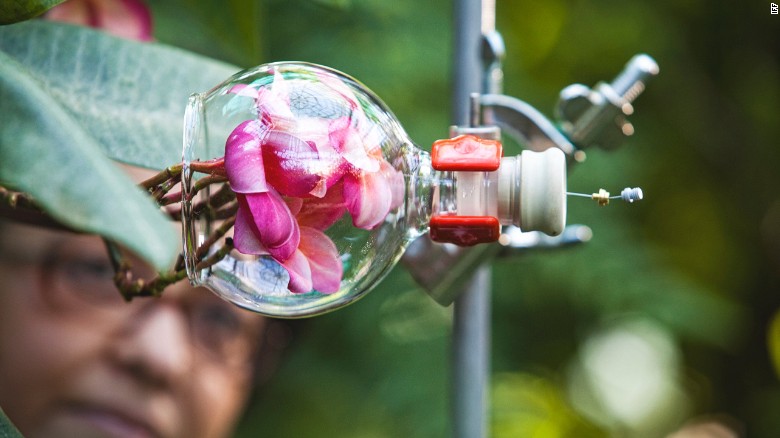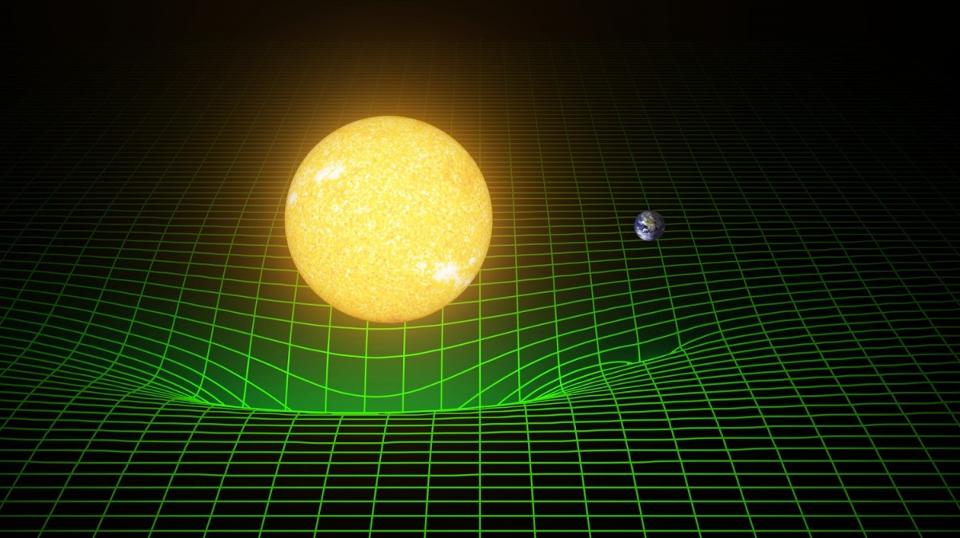Perfumery is an intricate science that takes a lot of effort to get right. Many people don’t realize the amount of work that goes into perfecting that fragrance that we so willingly splash on in the morning. With the advancement in technology over the past two decades, chemists have been able to develop techniques that create an even larger array of scents and fragrances that people have never smelled before. For the first time ever, people can actually get personalized, unique scents to wear. How much that would actually cost, is a different matter.
Traditionally, scents come from different places in nature, such as from tree resin, or aromatic flowers and herbs. These were soaked in oils in which to release the fragrance before being blended and worn. The perfume making process pretty much stayed the same after it was perfected in the 11th century, right up until the Victorian industrial revolution. At this point, chemists started to isolate and synthesize some of the aromatic chemical compounds that people loved, such as vanillin. This gave perfumers the opportunity to break away from natural smells and move to entirely new fragrances.
Independent French perfumer Stephanie Bakouche explains, “Many enduring perfumes (from the last century) contain an overdose of a newly available raw material. Perfumers like Ernest Beaux, who created Chanel No. 5, famed for its unprecedented dose of aldehydes, and Edmond Roudnitska, who enlivened Eau Sauvage with a dose of hedione, were pioneers.”
It was in the 1980’s that the perfume industry changed dramatically and that was due to the invention of Headspace technology. Headspace is like a scent camera. It captures a smell and allows scientists to recreate it in a lab. Shiseido used it to create it Zen perfume as did Frederic Malle, founder of Editions de Parfums, in making Carnal Flower among many of his other beautiful scents.
While scientists worked on the Rose Essential scent at IFF’s Laboratoire Monique Remy another innovative process was developed that may change the industry yet again. One problem when making perfume is that during the distillation process some of the best smells are lost to the water and can often damage the end result. The three-step process used to make Rose Essential prevents this by combining steam stripping with hydro-distillation to capture those scent molecules and stop them from escaping during distillation.
This technology also makes use of CO2 and passes it over the material, extracting all of the scent’s components without damaging any of them. “CO2 extracts express nature like no other extract. They offer some facets that don’t exist in essential oils or absolutes — where the molecules are damaged or burned away,” says Bakouche. She continues, “Blackcurrant CO2 is popping up everywhere, from niche fragrances like Miller Harris’ Rose Silence to Armani’s blockbuster Si.”
Some of the world’s best fragrances are produced using biotechnology, and now perhaps the next advancement in the world of perfumery is not in the capturing of the scent, but in the delivery of it instead. For example, London-based Olfa Labs are developing a kind of technology that collects ambient molecules from the air ad digitally creates an odor from it. Co-founder Oscar Spear said, “We first have to prove it is possible to faithfully replicate a small palette of essential and absolutes. For the perfumer, it would mean composing fragrances on a digital organ, with digital molecules.”
More News to Read
- Tesla’s New Upgraded Autopilot Uses 2 Out of 8 Cameras
- How to Achieve Effective Quantum Information Transfer Even in the Presence of Noise
- New Alien Detecting Technique Created by Caltech Researchers
- Was it Gravity that Saved the Universe After the Big Bang?
- Rapid Human Trips to Mars Could Soon Be Possible











